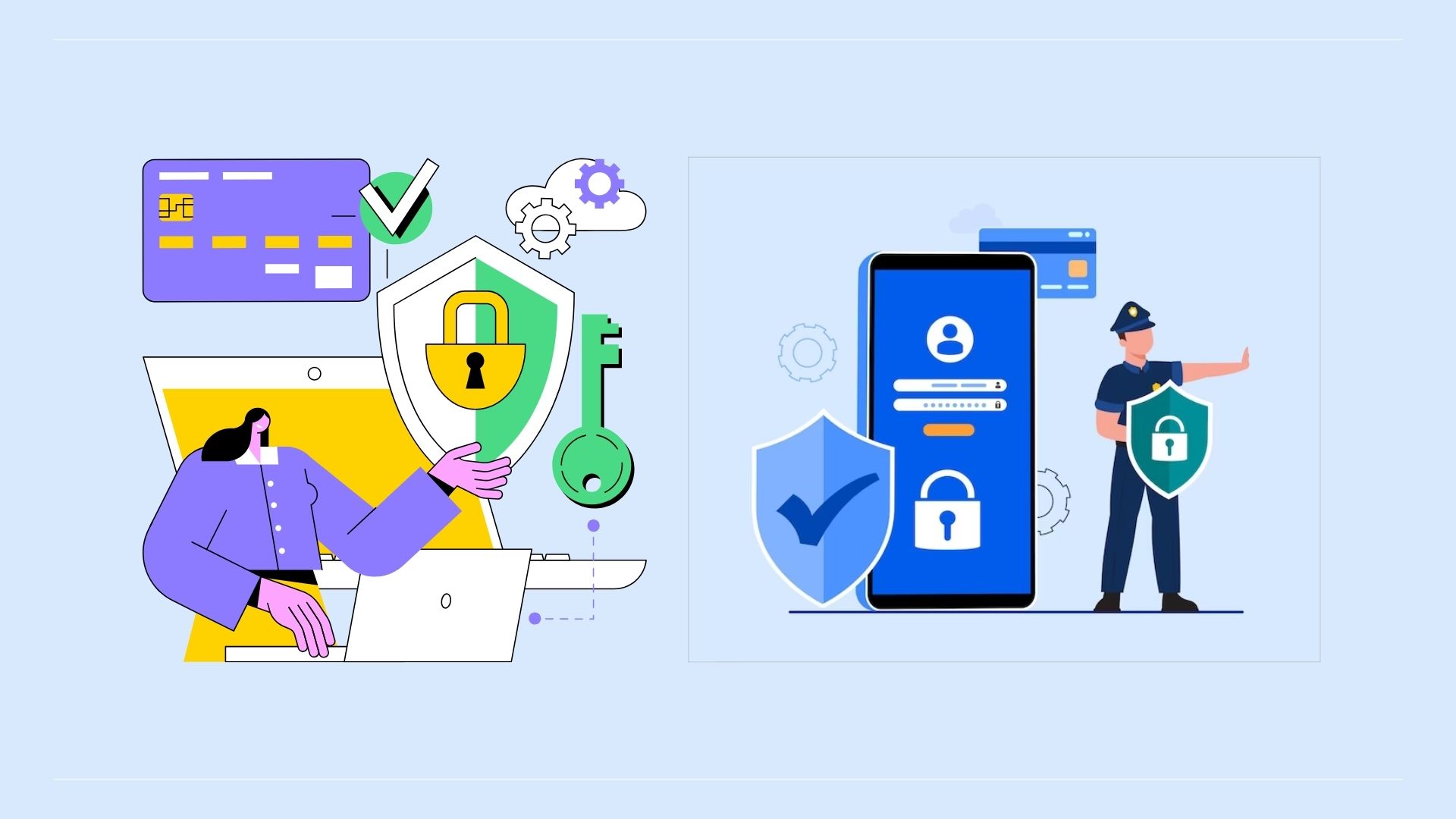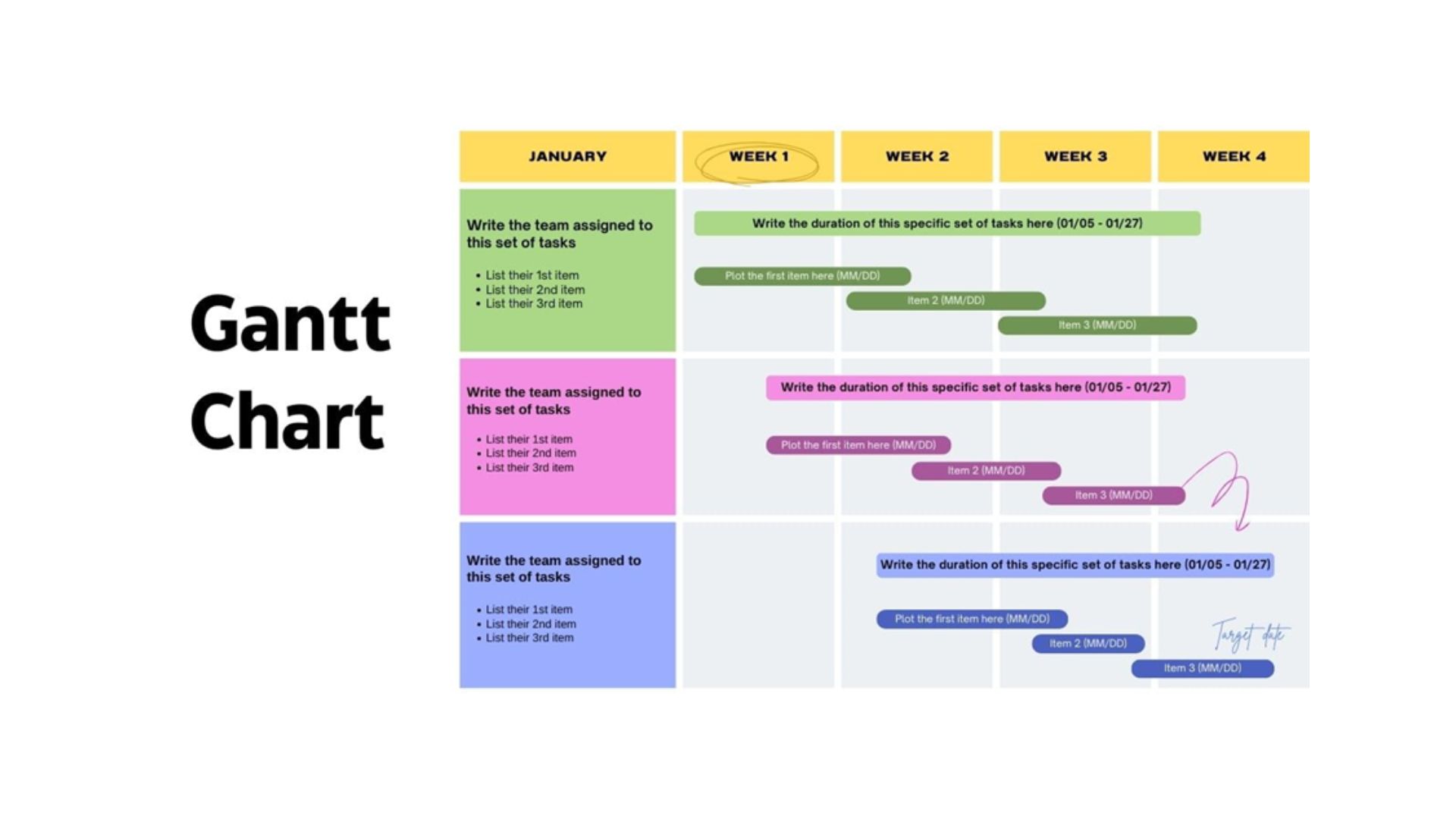IT Getting a Grip on Mobile Apps
Many folks believe the enterprise mobility trend has left IT organizations vainly struggling to contain rogue mobile devices packed full of malware, questionable content and who-knows-what-else. The reality is more mundane – and should comfort CIOs and other executives, said Jonathan Dale, a spokesperson for Fiberlink, an IBM company.
An analysis of 14 months of Fiberlink customer data appears to indicate that IT is getting a better grip on how to handle enterprise mobility.
“At first IT struggled with how to secure and manage mobile devices. Once they got over that, though, they realized they could use them to make workers happy and productive and better enable the business,” Dale said. “IT is back in charge — but not in a negative way, in a very positive way.”
Abundance of Mobile Apps
Use of mobile apps on the job is booming, Fiberlink found. Sixty percent of mobile devices under management had between 25 and 99 applications on them, while another 18 percent of devices had 10-24 apps.
Sixty-two percent of apps pushed to mobile devices are public apps, those purchased from app stores like Google Play, with Adobe Reader, Google Maps and iBooks among the most popular apps. But organizations are beginning to devote more resources to developing custom mobile apps, with the education, healthcare and retail sectors especially heavy consumers of such apps.
“Applications customized for specific environments are the ones truly making an impact on the business,” Dale said.
Mobile Application Management Attitude Change
For proof of both the importance of enterprise mobility and IT organizations’ growing acceptance of it, look no further than Cisco AnyConnect, Dale said. The VPN client was the fourth most popular public app distributed to mobile employees.
“I think this shows IT has really changed its attitude and is trying to provide users with access to resources behind the firewall on their mobile devices. You didn’t see this in the past. Often people were only given access to their email,” he said.
Some organizations are eschewing traditional VPN products in favor of solutions like secure Web gateways that offer a more convenient experience for end users, Dale said. “If you need access to SharePoint or your network file share, you go through one application to get it and you don’t have to manually launch a VPN and credential.”
While heavily regulated industries such as financial services and healthcare will likely rely on standard VPN connections for the foreseeable future, “for the masses you will continue to see less VPN use in the traditional sense of launching the client,” Dale predicted.
Application development teams are now more focused on security, Dale said, noting that there is a growing body of best practices that helps produce more secure mobile apps as well as products designed to facilitate application security.
“When organizations are building custom apps, they are incorporating security into that app, putting in controls that they can turn on or off through an enterprise mobility management platform,” he said. Fiberlink, which IBM acquired late last year, offers the MaaS360 enterprise mobility management platform.
The company’s analysis revealed that the top four enterprise security settings placed on apps (at least among Fiberlink customers) are: requiring employees to authenticate prior to granting access to the app; blocking the use of an app when a mobile device is found out of compliance; restricting the ability to copy-and-paste data outside the app or secure container; and enforcing file protection by ensuring all files created by the app are encrypted.
Many Fiberlink customers are also developing custom apps for multiple mobile platforms, Dale said. Apple’s iOS is the most popular platform for custom apps, used for 69 percent of apps, followed by Android at 31 percent and Windows for around 1 percent of apps.
Products that facilitate this type of development are emerging, Dale said. For example, he said in a nod to his parent company, IBM’s Worklight platform allows developers to “code one time for multiple OSes.” Fiberlink has integrated Worklight with its enterprise mobility management platform, so “organizations get that the ability to control baked right into the application.”
Ann All is the editor of Enterprise Apps Today and eSecurity Planet. She has covered business and technology for more than a decade, writing about everything from business intelligence to virtualization.

Public relations, digital marketing, journalism, copywriting. I have done it all so I am able to communicate any information in a professional manner. Recent work includes creating compelling digital content, and applying SEO strategies to increase website performance. I am a skilled copy editor who can manage budgets and people.








